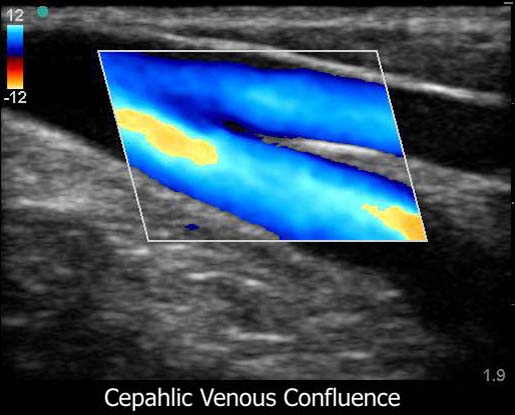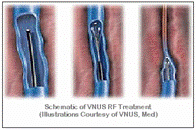Technological advancements in the field of imaging have made ultrasound ownership a cost-effective solution to providing quality patient care in a private practice. However, with new technology comes required training and expertise so as more unlicensed health care professionals perform ultrasound exams; the government is stepping in to protect the general public and requiring imaging professionals to be licensed. Here is a look at the advancements in the industry, governmental regulations, and trends for the future.
There was a time when each vendor had its own advanced technology and they stood apart from the competition, but the natural competitive nature has caused an evolution for the Big Three to develop advanced software features such as one-button image optimization, panoramic imaging, 3D/4D technology, Elastography, and contrast imaging. Elastography is the latest imaging technique which began with breast imaging in evaluating and detecting tissue stiffness to determine the likelihood of benign or malignant cancers. This application is expected to aid in similar diagnoses with the liver and kidney. Several OEMs have pioneered the development of this potentially life-saving technology and studies have been published with successful findings when using Elastography.
It seems that availability of portable ultrasound goes hand-in-hand with the governmental acts being proposed. On one hand, Point-of-Care ultrasound is a valuable tool to collect patient information and make a diagnosis in a timely fashion. On the other hand, it means some providers who are not formally trained in ultrasound are scanning patients and possibly putting them at risk or missing pathology which could be costly by requiring follow up imaging tests. A federal bill in court outlines the following:
Consistency, Accuracy, Responsibility, and Excellence in Medical Imaging and Radiation Therapy Act of 2011 - Amends the Public Health Service Act to require personnel who perform or plan the technical component of either medical imaging examinations or radiation therapy procedures for medical purposes to possess, effective January 1, 2014:
- Certification in each medical imaging or radiation therapy modality
- State licensure or certification where such services and modalities are within the scope of practice
Currently, Oregon and New Mexico have state laws requiring licensure, other states are waiting to see if the Federal bill passes before moving forward with mandates. For specific sonographer requirements the Society of Diagnostic Medical Sonographers is a reliable resource.
The trend really is toward advancements in the portable market, these laptop sized systems are often comparable to their big cart-based brothers, but in an economic and convenient package for private practice physicians. At United Medical Instruments, Inc. a selection of quality refurbished equipment with the latest advancements is available as well as compact SonoSite ultrasound systems. Contact us today so that we can help you determine which system is right for your office!








